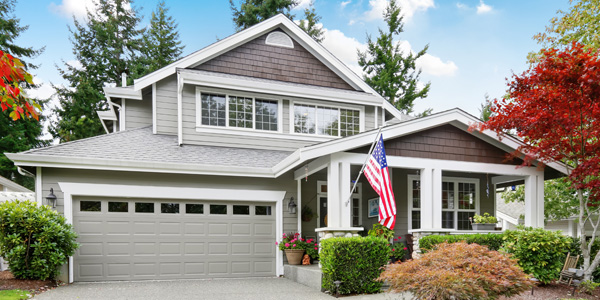HECM V. HELOC – THE 3 BIG DIFFERENCES THAT MAKE THE DIF FOR SENIORS
At any age, clients’ housing wealth represents a financial resource for them, along with their investment accounts, their rental properties, and their cash reserves. At different times in their lives, your financial planning clients may have chosen to tap the value in their home to fund home improvements, make new investments, launch business ventures, make charitable gifts, or help family members. Pre-retirement, tapping into housing wealth is typically accomplished by clients in one of three ways:
- a home equity loan (a lump sum loan with payment installments, a fixed interest rate, and a fixed period of time for repayment).
- a cash-out refinance – replacing their mortgage with a new, larger loan, clients receive the difference in cash.
- a home equity line of credit, or HELOC. This is a revolving line of credit (typically with a variable interest rate), from which the client can draw as needed.
As your clients move into retirement, particularly for those who have made a decision to “age in place” rather than moving to a retirement community, the tie between their planning and their housing wealth takes on greater significance than ever before. For seniors who are “house rich, cash poor”, home equity represents a resource to help them cope with unforeseen repair costs or medical bills. For other senior borrowers, knowing they will be in a position to help children facing medical emergencies — or grandchildren facing college debt — makes having ready access to funds a reassuring prospect. At the same time, these retired clients can hardly afford to take on debt repayment schedules, which is why a HECM (Home Equity Conversion Mortgage) can represent the ideal compromise.
Being careful to explain that reverse mortgage financing is outside your own area of expertise as an advisor, (your clients would need to work with a reverse mortgage specialist), it’s important for you to understand the three most important differences between a HELOC and a HECM in relation to retirees’ best use of their resources.
- A HELOC is a recourse loan (the lender can pursue the borrower if the home’s value is insufficient to satisfy the debt); a HECM reverse mortgage is non-recourse, meaning that should the loan balance exceed the property value, the FHA insurance will covers the difference; the only security for repayment is the home itself).
- With a HELOC, borrowers must make at least minimum monthly mortgage payments* to avoid late fees and protect their credit score. No monthly mortgage payments* are mandatory on a HECM reverse mortgage. In a HELOC, you do not earn interest or see “growth” on un-borrowed equity.
- On a HECM reverse mortgage, any un-borrowed portion of the line of credit grows at the same rate as the interest rate charged on borrowed funds. (This happens regardless of the home’s value at that point in time.)
For senior borrowers, those three differences can mean a lot!
https://mutualreverse.com/david-garrison
*Borrower must occupy home as primary residence and remain current on property taxes, homeowner’s insurance, the costs of home maintenance, and any HOA fees. David Garrison, NMLS ID 1595194. Mutual of Omaha Mortgage, Inc. dba Mutual of Omaha Reverse Mortgage, NMLS ID 1025894. 3131 Camino Del Rio N 1100, San Diego, CA 92108. Indiana-DFI Mortgage Lending License 43321. Michigan 1st Mortgage Broker/Lender/Servicer Registrant FR0022702. These materials are not from HUD or FHA and the document was not approved by HUD, FHA or any Government Agency. Subject to credit approval. For licensing information, go to: www.nmlsconsumeraccess.org
Equal Housing Lender

